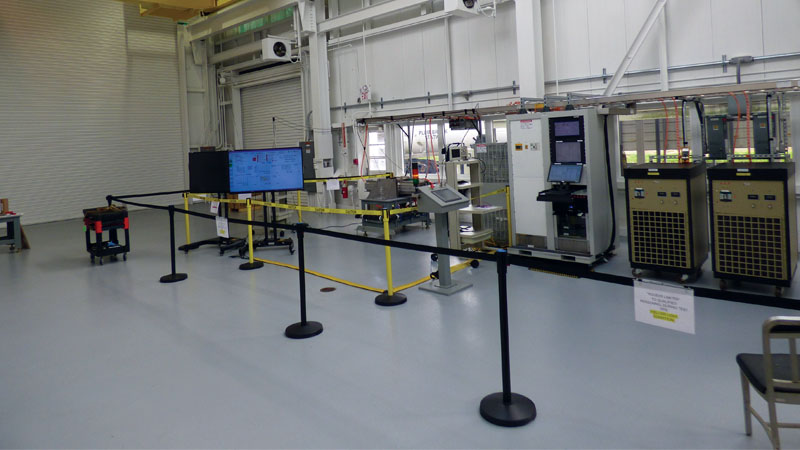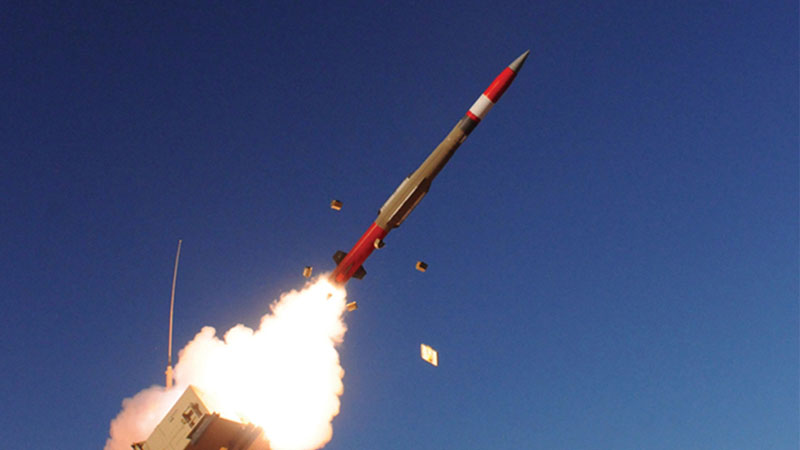Safety enhancements abound
By Neal Herring, Jonathan Litt, Richard Scharnhorst, and Chuck Lents|December 2016
The Inlets, Nozzles and Propulsion Systems Integration Technical Committee (formerly Air-Breathing Propulsion Systems Integration) focuses on the application of mechanical design, fluid mechanics and thermodynamics to the science and technology of air vehicle propulsion and power systems integration.
Technical committee members received approval from AIAA to change the name from Air-Breathing Propulsion Systems Integration to Inlets, Nozzles and Propulsion Systems Integration. The change was made to clarify that they directly support worldwide excellence in inlets and nozzles as well as propulsion systems integration. The committee retained “propulsion systems integration” to also highlight the focus on propulsion-airframe integration that is of growing interest to the community.
NASA, in conjunction with the FAA, has been working on several safety enhancements related to transport aircraft. One of these is Airplane State Awareness — Simulator Fidelity, with the goal of reducing incidents due to loss of airplane state awareness, as well as improving pilot performance during recovery from a full stall. NASA’s role is to sponsor and undertake research to define aerodynamic model parameters necessary for replicating full-stall flight characteristics of various aircraft models. While these safety enhancements primarily focus on aerodynamic stall, it is also important to understand engine performance in these situations. Commercial engines are designed to operate over a limited range of attack angle. As the angle of attack gets larger, the airflow into the engine is reduced, resulting in reduced thrust and stability.
Researchers at NASA’s Glenn Research Center have begun developing high-fidelity models of aircraft engines capable of operating at off-nominal conditions. The purpose of this work is to investigate commercial aircraft engine performance under extreme attitude conditions, taking into account such aspects as inlet distortion, wake effects, capture area variability and turbulence. This year, a variety of approaches — including computational fluid dynamics, or CFD, volume dynamics, stage-by-stage component modeling and parallel flow path modeling — have been used to develop a baseline model that will demonstrate the desired effects.
NASA is funding a multiyear study of gas-electric hybrid propulsion systems. It focuses on a conventional single-aisle twin-engine aircraft in which the propulsion fan can be driven by both the low-pressure turbine and a fan spool-mounted motor/generator. Under this study, United Technologies Research Center, or UTRC, in Connecticut has selected a concept of operations in which the motor/generator provides boost power during takeoff and climb, enabling the engine core to be sized at the maximum cruise condition.
The hybrid geared turbofan has the same overall pressure ratio as a conventional geared turbofan but with a 17 percent smaller core flow. With the smaller core, the hybrid requires a 2.1-megawatt motor to provide takeoff thrust and 1,500 kilowatt hours of stored energy for the takeoff and climb segments. With current technology batteries, electric components and thermal management system components, a hybrid geared turbofan-based airplane has much higher mission fuel burn than a conventional geared turbofan-based airplane for a 900-nanometer direct operating cost mission. However, the UTRC study showed that with improvements in electric components power density and thermal management systems capability, an approximately 6 percent reduction in Jet-A fuel consumption and 3 percent reduction in overall energy consumption for the mission is possible.
In July, researchers gathered in Salt Lake City for the Propulsion and Aerodynamics Workshop at the AIAA Propulsion and Energy Forum. Participants from industry and academia presented results for two configurations of relevance to the propulsion-airframe integration community: an S-duct diffuser with and without flow-control devices and a dual mixed-flow reference nozzle. This workshop is defining a rigorous process to obtain grid-independent CFD solutions and quantify the accuracy of different CFD codes, numerical schemes, turbulence models and overall solution methods, and using statistical analysis methods to compare CFD solutions to data. ★


































